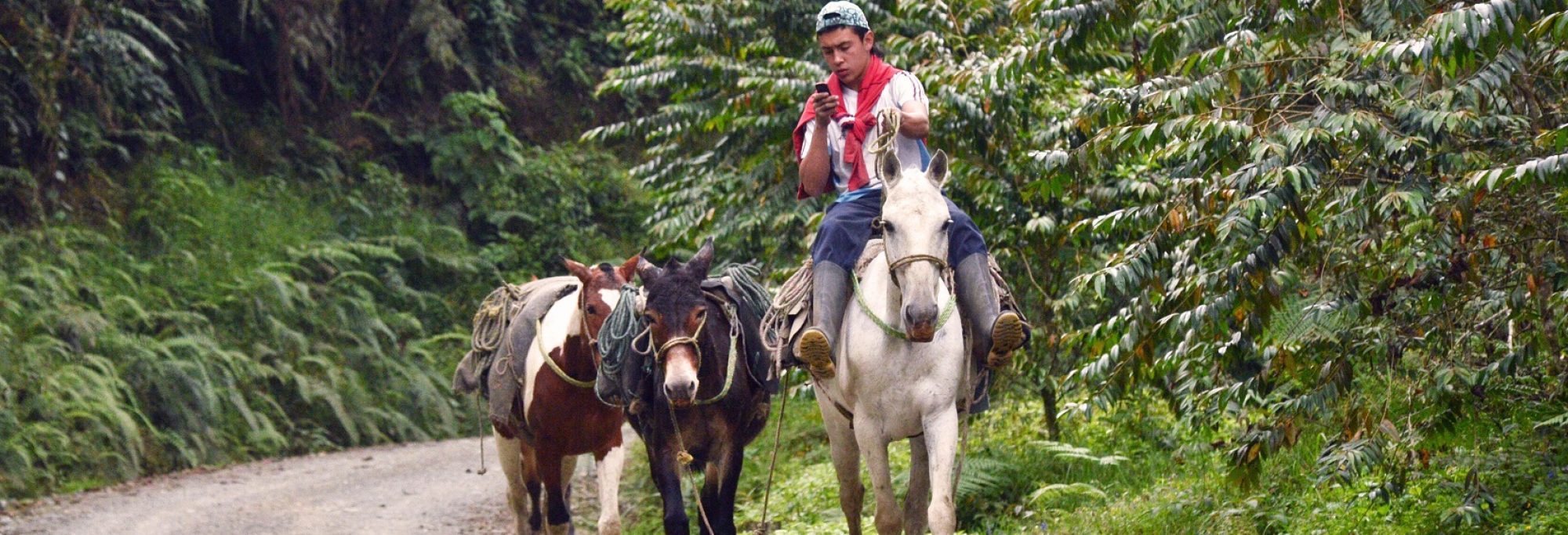ARGENTINA
More than 320 million years ago, Patagonia was a separate continent that collided into Gondwana at the same time as Chilenia—present day Chile, according to scientists from the University of Buenos Aires. After conducting field tests in paleomagnetism, the researchers concluded that the deformations found along the southwestern margin of the Gondwana continent were evidence that Chilenia clashed from the west and Patagonia came from the south.

Scientists in Argentina are developing a bio-absorbable membrane called Biomatter for the treatment of patients with skin lesions caused by burns and other pathologies. Pre-clinical results from researchers at the Universidad de San Martin demonstrate rapid absorption and optimal epithelial assimilation.
BRAZIL
Brazil has allowed oil giant Chevron to resume offshore drilling operations in the Frade field where 3,000 barrels of crude were spilled by the company in November 2011. Chevron was fined US$17.5 million for the disaster that occurred 230 miles northeast of Rio de Janeiro, though Brazil’s federal prosecutor initially sued Chevron for US$11 billion in environmental damages. Transocean Ltd. operated the rig that failed in Brazil’s Frade field, the same contractor responsible in the Gulf of Mexico’s Deepwater Horizon disaster.
CHILE
Numbers of endangered huemul deer have rebounded in recent years in Patagonia thanks to conservation efforts from an international group of scientists in Bernardo O’Higgins National Park. Cattle removal and poaching control have led to the recovery of the huemul, says Cristobal Briceno of Cambridge University. There are believed to be fewer than 2,500 deer in Patagonia. More reporting on threats to huemul populations available on LatinAmericanScience.org.
COLOMBIA
A group of Colombian scientists has developed an activated carbon filtration system from the seeds of the hanging vine Mucuna mutisiana. The system can filter agricultural waste from coffee husks, potato and cassava, among others. This highly-absorptive material is used to pull out zinc, nickel, mercury and lead from water. Once the contaminants are absorbed into the carbon, they are treated with bacteria that use them as an energy source.
CUBA
Cuba’s Plant Biotechnology Institute has developed a disease-free potato through in vitro cultivation. Four promising varieties were studied in the field with encouraging results in terms of performance and cost reduction, the latter because seeds won’t have to be imported.
LATIN AMERICA
The CropLife forum recently held in Mexico concluded that productivity and competitiveness of the agricultural sector must be increased to meet the demands of a growing population. It also emphasized that biotechnology, used for more than 30 years, has proven to be an effective tool to achieve these goals. Countries such as Argentina and Brazil have been pioneers in the research and adoption of agricultural biotechnology in order to produce more food and better quality at the same price and in a sustainable manner. One of the main challenges for 2050 is to increase agricultural production by 25% within the same land area currently being used.
